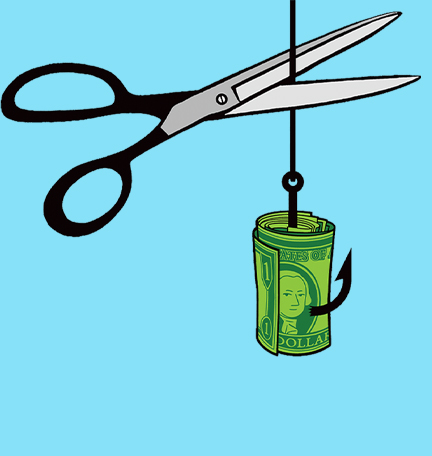With operating costs peaking, could rethinking your staff plans help with your balance sheet?
Businesses of all sizes, industries and geographic regions have shared one unfortunate reality in recent years: higher costs on everything from insurance to labor to lease rates. In fact, the U.S. Bureau of Labor Statistics reported that wages and salaries increased by 4.4% over the 12-month period ending in March 2024.
The increase in labor costs for businesses is no great surprise, given both the prolonged period of elevated inflation in the United States and low unemployment rate. “I don’t talk to a client without having labor come up as one of the primary challenges they’re dealing with right now,” says Erik Miner, an Indiana-based market executive for Regions Bank. “The last four years have been an employee-driven market, although that has started to normalize as businesses have become leaner and focused on controlling expenses.”
Evaluating company employment and which staff positions are essential can be an important step in controlling costs and positioning a business for long-term sustainability. But it’s also a decision that should be approached with diligence, care and the understanding that layoffs are not the only solution.
Here are some factors and strategies to think about as you consider rightsizing labor at your company.
Keep the long term in mind
Business leaders understandably live in the moment. The crush of day-to-day activities and demands can make it hard to think long-term. But questions of labor simply must be analyzed with an eye toward the next few years, not just the next few months. “Don’t just look at today,” says Miner. “Don’t just look at data at a point in time. You’ve got to project out because making cuts has a longer-term impact.”
In other words, cost cutting may be imperative today, but business cycles may mean that demand for your products and services will spike next season or year. Laying off staff to meet the needs of today may leave you unprepared to take advantage of a more favorable business climate and set you back costwise because you’ll have to pay the expenses of hiring and training new staff.
Carefully weigh risks and returns
Not all positions at your company deliver the same value to the business. An organizational chart doesn’t always reflect that either. Anyone pondering layoffs should gain a clearer understanding of which positions and employees contribute the most to company success.
“You want to understand from a finance perspective what areas of the business are generating revenue or supporting revenue in areas where you need to win as a business,” says Jon Studstill, a human resources business partner for Commercial Banking and Real Estate Banking at Regions Bank. “That’s the return profile. But then there’s also the risk profile. There are areas in a business where, if you cut too much, you will introduce new risks. That includes operational or reputational risks or even increasing your expenses in other areas.”
Conduct a job study
One way to develop a risk and return profile for positions across your company is to complete a comprehensive job study or analysis. While this is a time-intensive process, it is well worth the effort if you haven’t done a thorough review of the roles in your organization in a few years. Business conditions and company strategies change faster than job descriptions and responsibilities. A job study will help clarify how to better align employment with your company strategy and changes in your industry and the overall economy. It can also provide insight into specific work being done that might be inefficient.
“Doing this can bring some great insights and help evolve both job descriptions and key performance indicators so that the work being done genuinely supports your company’s success,” says Studstill.
Consider upskilling
Nobody should underestimate the disruption layoffs cause, both to the lives of the employees impacted and to the business itself. “There are up-front costs, unseen costs and second- and third-degree impacts when you do this,” says Studstill.
In some instances, retraining and upskilling employees who may otherwise have been laid off can be a way to avoid disruption and help workers deliver more value and develop skills that will enhance their career development.
Don’t go it alone
If you decide that layoffs are in your short and long-term interests, be sure to include HR and legal professionals before you contact affected employees. Together with legal and HR, you should develop a disciplined communication strategy and timeline. This includes knowing exactly who needs to be communicated to and what the key messages are.
“Timeline and messaging are key to making sure you do this in a way that limits the disruption to your business and the negative impact to those who are being laid off and those who are not being laid off,” says Studstill. “In the absence of a clear message, people will create one, and it’s oftentimes created out of fear.”
Start today
- Read more: 3 key steps in developing a digital transformation strategy.
- Learn more: Read our best practices guide for cash flow management.
- Take action: Consider these five techniques to improve cash flow during a downturn.











